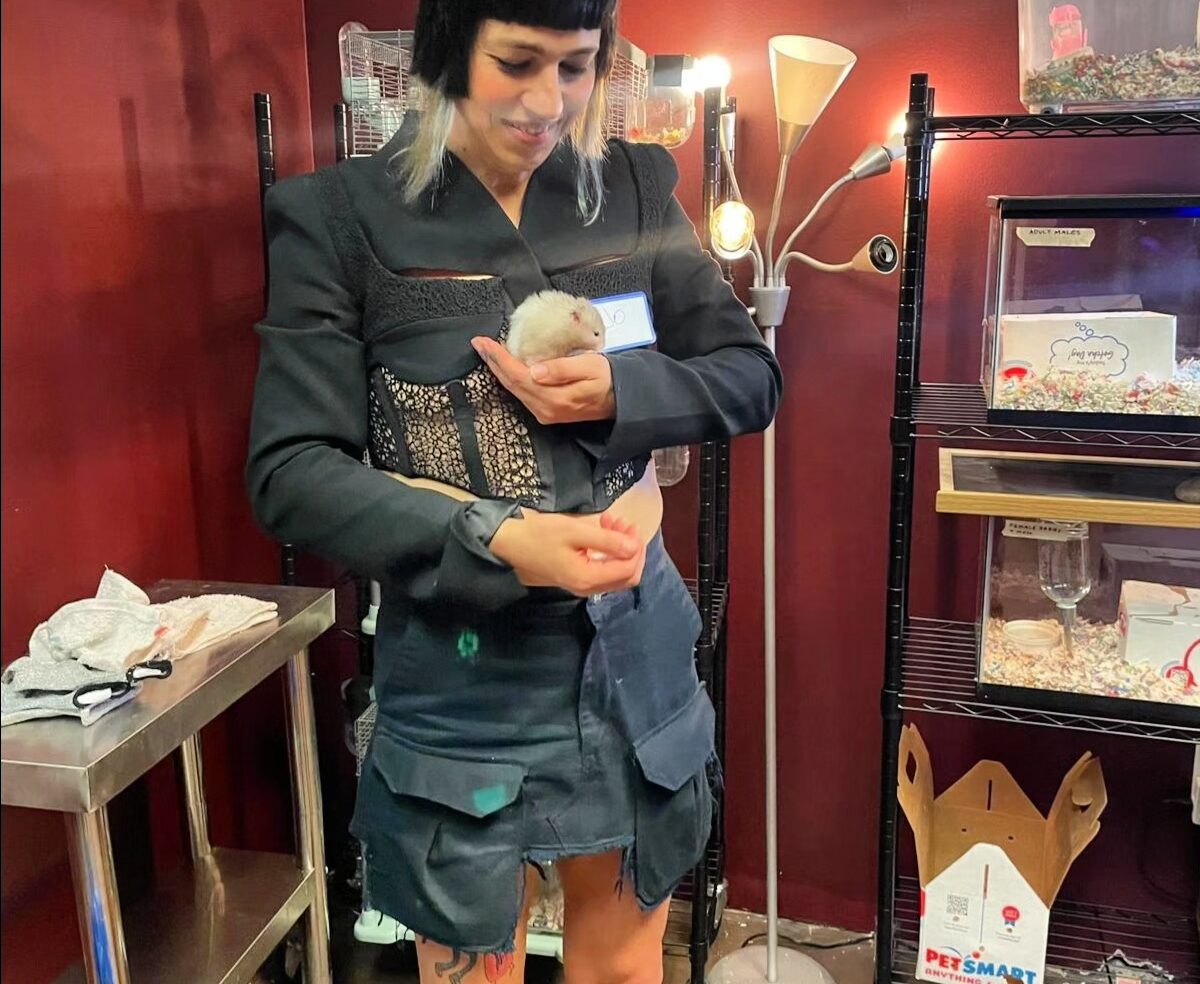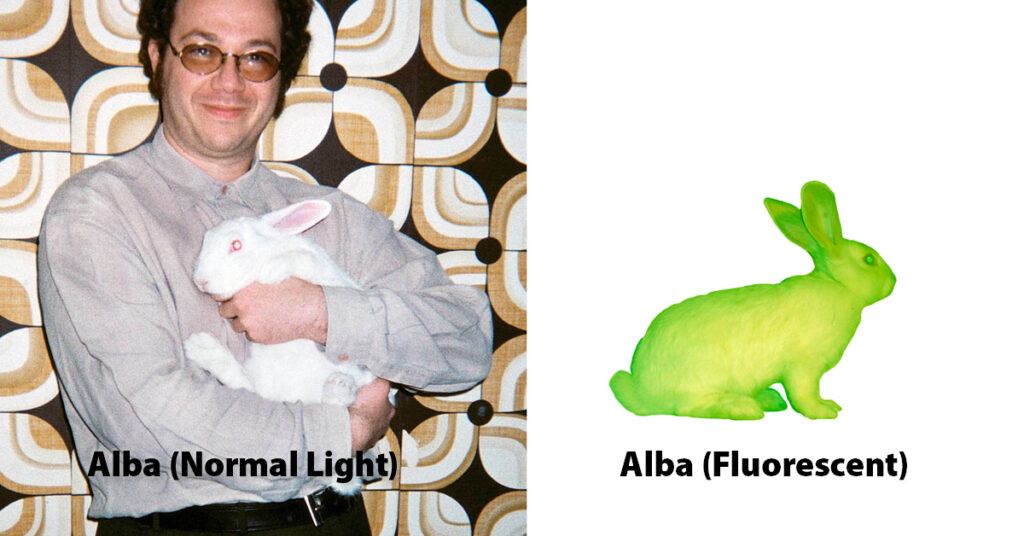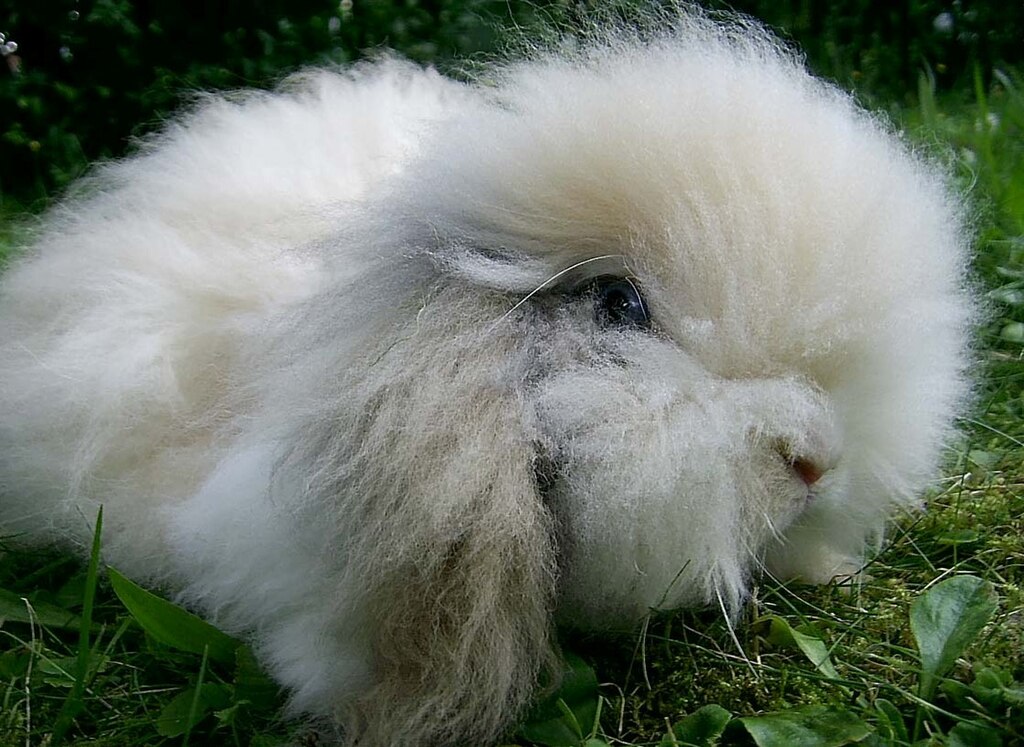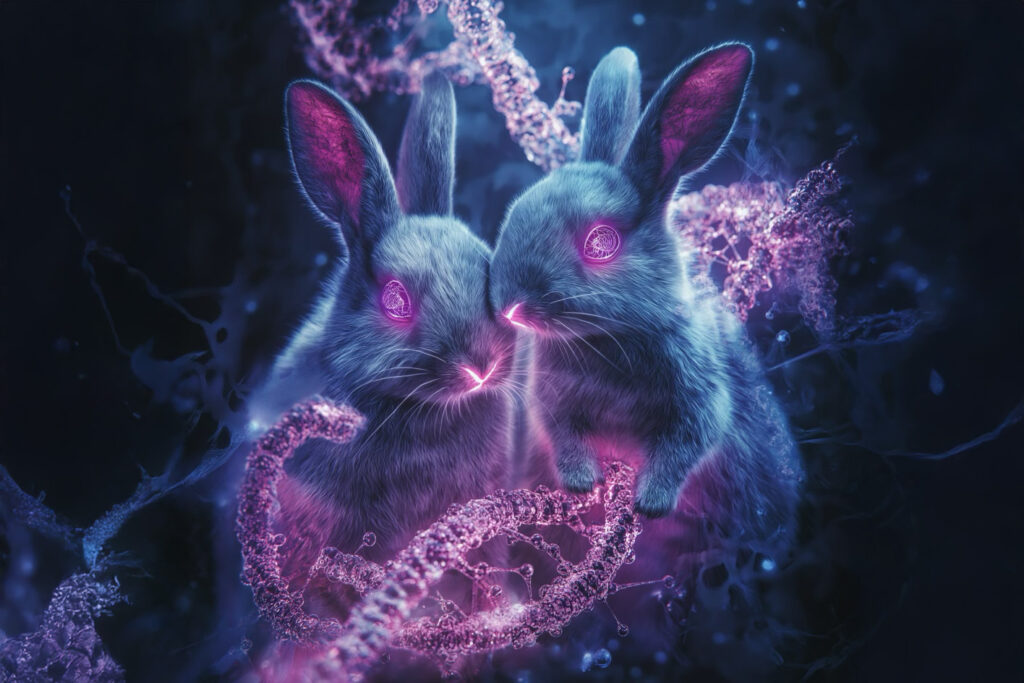In the rapidly evolving world of genetic innovation, a new ethical battleground has emerged—one where the boundaries of science, autonomy, and compassion collide. One of the noteworthy characters at the heart of this debate is Josie Zayner, a polarizing figure whose biohacking journey has long embodied a radical mission to “democratize” science. Yet, her approach raises grave ethical concerns as she peddles genetic modification under the guise of accessibility and “art,” sidestepping the rigorous oversight that ensures scientific responsibility.
Ultimately, the right to experiment on oneself must not infringe upon the rights of beings who cannot consent.
Science or Sideshow?
One of Zayner’s priority projects is self-described as “the first and only consumer genetic engineering company”, known as ODIN, has commodified gene editing and is marketing DIY CRISPR kits online for a mere $49.99. And in so, reducing complex biotechnological processes into consumer-grade experiments with little regard for unintended consequences. Beyond ODIN, Zayner has engaged in a series of high-profile stunts that have further fueled skepticism over her approach to science. In 2017, she injected herself with a CRISPR construct in a live-streamed event meant to showcase the ease of gene editing, an act that drew widespread criticism from bioethicists and regulatory bodies alike. Reflecting on the potential consequences, Zayner later admitted, “There’s no doubt in my mind that somebody is going to end up hurt eventually.” In 2019, she faced an investigation by the California Department of Consumer Affairs for allegedly practicing medicine without a license, underscoring the legal and ethical gray areas in which she operates. Though the investigation closed without action, it underscored the regulatory challenges surrounding self-experimentation and the public promotion of unverified genetic interventions.

Animals as Unwilling Art
Zayner’s latest endeavor with Cathy Tie, a former Thiel Fellow —the launch of the “Los Angeles Project” (LAP)—escalates these concerns further. Unlike her previous self-experimentation stunts, LAP ventures into an entirely new and ethically fraught territory—genetically modifying living animals, specifically rabbits, by introducing a jellyfish gene to make them glow.
This initiative directly echoes—and arguably duplicates—the controversial GFP Bunny, aka Alba the glowing rabbit by Eduardo Kac, resurrecting unresolved ethical debates under the guise of innovation. Kac’s Wikipedia page describes him as someone who “works with biotechnology to create organisms with new genetic attributes. His interdisciplinary approach has seen the use of diverse mediums, from fax and photocopying to fractals, RFID implants, virtual reality, networks, robotics, satellites, telerobotics, virtual reality, and DNA synthesis.” Alba, genetically modified using a jellyfish gene to fluoresce under UV light, symbolizes the ethical tensions between biotechnology as artistic expression and animal autonomy. The composite image presented here contrasts Alba’s fluorescent appearance with her natural state, highlighting the unsettling juxtaposition between scientific curiosity and the real-world implications for genetically modified animals1.

LAP has also suggested the exploration of creating “hypoallergenic cats,” “jackalopes,” and even “unicorns.” Yet their project’s inaugural focus — to engineer glowing rabbits through CRISPR gene editing—revives long-standing concerns about animal commodification in scientific research and consumer markets. Recent reports of genetically engineered ‘woolly mice,’ created by Colossal Biosciences using woolly mammoth genes, further exemplify this growing trend of novelty-driven genetic modifications. While these long-furred mice may appear harmless or even endearing, they raise the same ethical concerns—blurring the line between scientific advancement and unnecessary spectacle, with little regard for the long-term welfare of the animals being altered. All of these genetically modified creatures raise fresh concerns about the unchecked use of animals as genetic canvases in the biohacking and broader scientific community.

Zayner’s ventures—like peddling DIY gene-editing kits via ODIN—have sparked controversy for potentially promoting reckless, unregulated genetic tinkering. With LAP’s introduction of genetically modified animals like glowing rabbits, biohacking moves beyond personal experimentation into the realm of spectacle-driven science, further blurring the boundaries of ethical oversight and responsible innovation. At a time when the scientific community is increasingly recognizing animal sentience and pushing for alternatives to animal testing, LAP’s pursuit to create animals to be “more complex and interesting and beautiful and unique” reinforces outdated notions that diminish the cognitive and emotional capacities of animals. This belief system aligns with anthropocentric ideologies, particularly those rooted in Judeo-Christian philosophy, which position humans as superior beings with dominion over all other living creatures. Such a perspective directly counters a growing scientific consensus most notably recognized in The New York Declaration on Animal Consciousness – that non-human animals do in fact, possess consciousness – begging the question, should non-human animals be subjected to genetic modification for commercial appeal or human novelty?
Scientists, regulators, and animal welfare advocates must take heed—not only from the standpoint of public health and biosecurity but also from the urgent need to move away from subjecting non-consenting animals to irreversible genetic modifications for the sake of pure novelty. The scientific landscape is shifting, with growing momentum toward non-animal testing methodologies that better serve human health and research integrity. Yet, LAP’s approach signals a troubling regression—one that disregards ethical advancements in favor of commodifying animals under the guise of innovation. This tension demands a fundamental reassessment of what true democratization in biotechnology should mean. Who truly benefits from these radical genetic interventions? Are these animals merely being exploited to serve as art projects, visual spectacles, marketing tools, or something more sinister? Is the right to self-determination limited to humans alone, while non-human life forms are subjected to irreversible genetic alterations without consent?
Casualties of Curiosity
Beyond these immediate ethical concerns, there are more profound implications regarding the welfare of these genetically modified animals. History has already shown that the pursuit of novelty in genetic engineering often comes with severe unintended consequences. Consider the plight of selectively bred animals like short-nosed dog breeds—pugs, bulldogs, and others—who suffer from severe respiratory issues due to human-driven aesthetic modifications. Similarly, broiler chickens, genetically engineered for rapid growth, experience crippling health defects that drastically shorten their lifespan. In both cases, the genetic alterations made to fulfill human desires have resulted in immense suffering for the animals themselves.
LAP’s pursuit to create glowing rabbits risk following a similar trajectory as they prioritize aesthetics over ethics. Genetic mutations, unexpected health complications, and an utter lack of long-term studies into the viability of these animals outside of controlled environments raise pressing concerns about their quality of life. While mutations occur naturally, bioengineering companion animals without regulatory guardrails creates an unpredictable and ethically fraught landscape. The absence of frameworks for long-term care leaves veterinarians, animal welfare advocates, and rescues unequipped to manage the unforeseen consequences of these manipulations. As science prioritizes novelty over well-being, it is the animals who pay the price—living, breathing casualties of unchecked human experimentation.
Beyond Consent
This tension highlights an ethical dissonance at the heart of Zayner’s vision: How can the pursuit of democratized science justify the commodification of living creatures? When those advocating for freedom of biological expression simultaneously deny that respect for animals—beings capable of suffering—the fundamental principles of consent and autonomy are undermined. This reveals a troubling inconsistency where the promise of liberation for some comes at the cost of exploitation for others, raising a profound ethical contradiction that reveals the selective application of autonomy. Humans claim the right to manipulate their biology but deny that same respect to animals subjected to invasive experiments. In a recent interview with Wired, Zayner declared, “We’re trying to push the boundaries of what’s possible in biotechnology and bring that sense of wonder and creativity to the mainstream.” Yet, this pursuit of innovation appears to prioritize human curiosity and self-interest over the autonomy of non-human beings.
While individuals like Zayner can choose to experiment on themselves, exercising personal autonomy in the name of scientific curiosity, the same cannot be said for animals subjected to genetic manipulation. Glowing rabbits and other bioengineered creatures are not active participants in these experiments—they are unwilling subjects whose existence is reduced to spectacle and commercial novelty. The ethical justification for such practices collapses under scrutiny, as these animals are stripped of agency and forced into a paradigm where their genetic integrity is altered for human fascination rather than scientific necessity. The selective extension of autonomy undermines the democratization narrative, revealing it as a privilege reserved for some rather than a universal right. Zayner espouses the concept of democratization, which should never encompass the manipulation of sentient beings for human experimentation. The power of science to modify life does not imply a blanket endorsement for indiscriminate alterations. CRISPR experiments have revealed unintended consequences, including off-target mutations and unpredictable biological responses, as outlined by studies from the Journal of Law and the Biosciences and the National Institutes of Health (NIH). These findings underscore the unpredictable risks of experimentation, particularly when involving sentient beings incapable of advocacy.
The Real Price of Novelty
Yet, beyond the ethical contradictions inherent in Zayner’s work, there is a more profound and more disturbing consequence: the exploitation and suffering of rabbits as a species. Zayner has partnered with farmers to harvest embryos from rabbits heading for slaughter. “We can get like 10,000 embryos a week,” Zayner boasts, an issue far older and more pervasive than any biohacking trend. Rabbits have long been victims of commodification, often reduced to novelty pets, disposable laboratory subjects, or symbols of seasonal consumerism. They are misunderstood and frequently dismissed as low-maintenance animals when, in reality, they possess complex social needs, intelligence, and the capacity for emotional depth.
According to the Rabbit.org Foundation, promoting the commercial breeding and exploitation of rabbits for novelty further entrenches systemic neglect and suffering. Marinell Harriman, author of The House Rabbit Handbook and a renowned figure in rabbit welfare advocacy, emphasizes that “rabbits are often misunderstood, and their specialized needs are too frequently ignored, leading to widespread neglect and abandonment.”
Experiments like the LAP venture risk compounding an already entrenched culture of neglect and misunderstanding. These genetically modified rabbits are not just victims of scientific spectacle—they represent a continuation of systemic exploitation that reinforces and validates harmful stereotypes that have precipitated behaviors leading to an already exacerbated crisis. Rabbits have long been perceived as disposable and replaceable – beliefs that have fueled rampant overbreeding, abandonment, and widespread mistreatment in pet markets and industrial breeding facilities. This trend is not without precedent. The rise of “designer rabbits”—such as Lionheads, Teddywidders, and Fuzzy Lops—has already demonstrated the perils of breeding animals for aesthetic appeal rather than well-being.

Similar to the brachycephaly trend seen in pugs, bulldogs, and Persian cats—where selective breeding for a shortened muzzle results in severe respiratory, dental, and overheating issues—selective breeding in rabbits has prioritized appearance at the expense of health. Many of these selectively bred rabbits suffer from chronic jaw misalignment, digestive disorders, and mobility issues due to exaggerated body proportions. Additionally, their long fur, while considered aesthetically desirable, makes them highly susceptible to severe matting, skin infections, and flystrike—a painful and often fatal condition where flies lay eggs in matted fur, leading to maggot infestations. These are just a few of the exemplified health risks highlighting the dangers of breeding and modifying animals based on appearance rather than ensuring their overall well-being.
The push toward bioengineered novelty animals could further trivialize their suffering, deepen societal disregard for their well-being, and overwhelm already overburdened veterinary and rescue systems ill-equipped to handle the consequences of these experimental traits. When science becomes fixated on novelty rather than sustainability, it is the animals who bear the cost—living, breathing casualties of human curiosity – risks further trivializing their suffering and deepening the societal disregard for their well-being.
Moreover, the potential consequences of manipulating rabbit genomes extend beyond the laboratory. By framing genetically modified animals as artistic or scientific curiosities, ventures like LAP risk encouraging further commodification of rabbits in commercial markets. Escalating demand for genetically altered pets and contributing to an already overburdened rescue system. Additionally, these developments present significant concerns for specialized veterinary professionals, particularly those specializing in exotic animal care and lagomorph-centered medicine. The scarcity in specialized care is compounded by the limited number of exotic animal veterinarians, with organizations like the Association of Reptile and Amphibian Veterinarians representing only around 500 members across the U.S., highlighting the insufficient resources available for rabbit-specific medical care (Student Doctor Network). This raises serious concerns about the long-term welfare of these animals, as well as the ability of the veterinary industry to respond effectively to new, complex medical challenges posed by such scientific experimentation.
Democratization or Exploitation?
Amidst the mounting concerns of genetic experimentation, what becomes increasingly clear is the more profound, long-term impact these manipulations have on how rabbits are perceived as living beings. Instead of fostering tremendous respect for their inherent sentience, such experiments risk reducing these animals to mere scientific curiosities—novelties detached from their capacity for emotional depth and complex social behaviors. This reduction not only echoes their historical mistreatment but reinforces a dangerous narrative of disposability. As we move forward, the need for compassion and a systemic reevaluation of how we value these often-overlooked creatures becomes more pressing, especially as scientific advancements threaten to deepen their exploitation rather than alleviate it.
Meanwhile, leaders in scientific research are increasingly advocating for non-animal testing methods. Dr. Elias Zerhouni, former director of the National Institutes of Health, admitted, “[Researchers] are so ingrained in trying to cure mice that they forget we are trying to cure humans.” Similarly, Dr. Pascal Descargues, founder of the biotechnology Genoskin, stated, “Alternatives to animal testing are not a trend anymore. They are here to stay.”
Innovative technologies like organ-on-a-chip platforms are revolutionizing scientific research by replicating human physiological responses more accurately than traditional animal models. Embracing these cutting-edge tools presents an opportunity to reduce reliance on animal experimentation while enhancing scientific rigor and ethical responsibility.
True democratization should champion autonomy for all sentient life rather than perpetuating outdated hierarchies that commodify animals for human ambition.
The rapid advancement of genetic experimentation demands a proactive reassessment of ethical oversight and regulatory accountability. In the United States, existing frameworks are not evolving fast enough to keep pace with the innovation surge, leaving significant gaps that expose animals to unnecessary risks and erode public confidence in scientific research. While international ethical guidelines like the Universal Declaration on Bioethics and Human Rights stress the importance of consent and responsibility, the unchecked nature of ventures like LAP highlights how existing standards fail to address the complexities of modern biohacking. Rather than being viewed as a niche scientific concern, these regulatory shortcomings reflect a more significant societal issue: the need for governance that can anticipate the ethical consequences of emerging technologies before irreversible harm is done.
The economic ramifications of commodifying genetically modified animals also warrant attention. The introduction of “designer rabbits” could open a market for genetically altered pets, promoting a culture of novelty consumption that risks normalizing the exploitation of sentient beings. Historically, the consequences have been dire when commercial interests have intersected with scientific experimentation without ethical safeguards.
A Humanitarian Responsibility Beyond Scientific Curiosity
Faced with animal experimentation’s moral and scientific implications, scientists and biohackers should consider responsible and forward-thinking innovation. The broader scientific community is increasingly embracing alternatives to animal testing for ethical reasons and because of their accuracy and relevance to human biology. For instance, Dr. Thomas Hartung, director of the Center for Alternatives to Animal Testing at Johns Hopkins University, has emphasized the transformative potential of human-cell-based testing methods, stating, “Modern science has outgrown the need for animal testing in many areas.” Moreover, advancements in computational toxicology, such as the EPA’s Computational Toxicology Program, provide powerful predictive models that enhance chemical safety evaluations without relying on animal testing. These cutting-edge alternatives are redefining ethical scientific practices, offering robust, humane solutions that align with the evolving demands of both science and society.
A Call for Compassionate Science
The responsibility lies with scientists, regulators, animal welfare advocates, and the public. It is no longer sufficient to rely on outdated frameworks that fail to address modern biohacking’s ethical and practical complexities. Governments should close regulatory gaps by enacting comprehensive oversight measures that enforce stringent ethical guidelines for gene-editing practices. The Rabbit.org Foundation’s recent press release underscores the dire need for immediate policy intervention, calling for an immediate moratorium on experiments involving animals until a transparent, enforceable ethical framework is established. The release highlights how ventures like LAP not only undermine animal welfare but also set a dangerous precedent for the unchecked commodification of sentient life.
Furthermore, as highlighted by the Safer Medicines Trust, the reliance on animal models in scientific research has long been flawed, with results often failing to translate effectively to human biology. If biohackers genuinely seek scientific progress, they can redirect their efforts toward transformative applications that benefit humanity and the planet. Instead of using CRISPR and gene-editing technologies to create novelty animals, biohackers could focus on advancements in regenerative medicine, disease prevention, and climate solutions. CRISPR has already shown promise in correcting genetic disorders such as sickle cell anemia and certain forms of blindness. Similarly, gene-editing tools have the potential to address ecological challenges by engineering plants that can absorb higher levels of carbon dioxide or developing disease-resistant crops to combat food insecurity. By prioritizing ethical and constructive applications, biohackers could play a pivotal role in addressing some of the world’s most pressing issues. The real test of scientific innovation is not whether we can create glowing rabbits but whether we can leverage genetic technology responsibly—to heal, restore, and uplift rather than exploit and commodify.
If the goal of biohacking is to democratize science, then it must be done with purpose, prioritizing research that serves the greater good of all animals rather than personal curiosity at the expense of defenseless beings.
Biohacking has the potential to revolutionize science, but its success should not be defined by spectacle or shock value—it should be measured by its capacity to drive meaningful advancements that improve lives and protect the planet. True democratization in science necessitates ethical responsibility, stringent oversight, and a dedication to research that prioritizes sustainability, compassion, and tangible societal benefits. If biohackers truly seek to challenge traditional scientific institutions, they must do so with accountability, ensuring that their innovations serve the greater good rather than indulging in reckless pursuits that compromise the welfare of sentient beings.
As we stand on the brink of a new era in biotechnology, we must ask ourselves: Should progress come at the expense of those who cannot consent? Should the answer not be a resounding no? Innovation should uplift all life forms—not deepen the divide between those with power and those without – requesting that the scientific community prioritize investment in non-animal testing methods, such as organ-on-a-chip technology and AI-driven biological simulations, which produce more reliable results and align with the moral responsibility to protect sentient life. As emphasized in the Rabbit.org Foundation’s press release, collaboration with animal welfare organizations must become a cornerstone of ethical scientific advancement, particularly given the heightened exploitation risks posed by ventures like LAP. Dr. Elias Zerhouni, former director of the National Institutes of Health, aptly stated, “[Researchers] are so ingrained in trying to cure mice that they forget we are trying to cure humans,” underscoring the urgent need for more ethical and human-relevant testing methods. The time has come for the public, scientists, and policymakers alike to unite in demanding responsible innovation—one that upholds the fundamental principle of consent and safeguards the well-being of all living beings, preventing the unchecked commodification of vulnerable species.
- Fair Use Disclaimer:
This composite image combines two original photographs of Alba, the genetically modified fluorescent rabbit created by artist Eduardo Kac. These images are presented here solely for educational, critical, and nonprofit commentary purposes, addressing ethical issues surrounding genetic experimentation, animal autonomy, and biohacking. The use of these images constitutes a transformative use under Section 107 of the U.S. Copyright Law (17 U.S.C. § 107). The original images remain © Eduardo Kac (www.ekac.org). ↩︎

